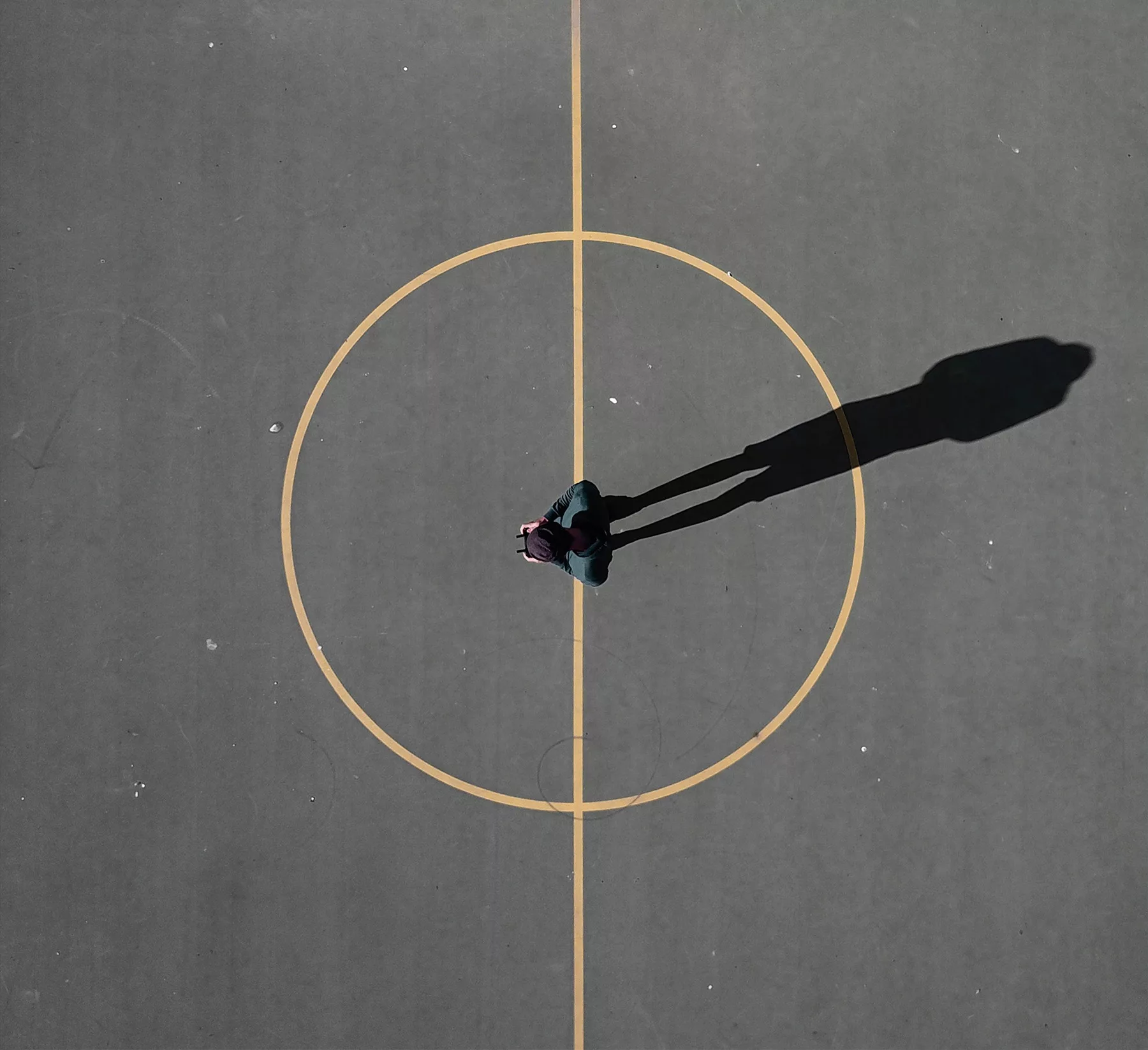In the realm of design, storytelling isn’t confined to words alone; it’s a dynamic interplay of visuals, emotions, and narratives that captivate and engage audiences on a profound level. From graphic design and illustration to photography and multimedia art, designers wield the power of visual storytelling to convey messages, evoke emotions, and inspire action. In this article, we’ll embark on a journey through the world of captivating visual stories, exploring the diverse inspirations that fuel creativity and ignite imaginations.
1. Nature’s Palette: Nature has long been a boundless source of inspiration for designers, offering an endless array of colors, shapes, and textures to draw from. From the vibrant hues of a sunset to the intricate patterns of a leaf, nature’s beauty is woven into the fabric of visual storytelling. Designers often look to the natural world for inspiration, incorporating organic elements and motifs into their creations to evoke a sense of harmony, balance, and awe.
2. Cultural Riches: Culture is a rich tapestry of traditions, customs, and symbols that provide a wealth of inspiration for visual storytelling. From ancient folklore and mythology to contemporary pop culture, designers draw upon cultural references to infuse their work with depth and meaning. Whether it’s the bold patterns of traditional textiles or the iconic imagery of a beloved film, cultural inspirations add layers of nuance and resonance to visual narratives.
3. Architectural Marvels: Architecture is a testament to human creativity and ingenuity, offering a treasure trove of visual inspiration for designers. From towering skyscrapers to intricate cathedrals, architectural marvels inspire awe and wonder with their grandeur and elegance. Designers often incorporate architectural elements and motifs into their work, using lines, shapes, and perspectives to create dynamic visual compositions that tell stories of innovation, progress, and cultural identity.
4. Urban Landscapes: The hustle and bustle of urban life provide a rich tapestry of visual stimuli for designers seeking inspiration. From bustling city streets to serene parks and gardens, urban landscapes offer a diverse range of textures, colors, and atmospheres to explore. Designers often draw upon the energy, diversity, and rhythm of city life to create dynamic visual stories that reflect the pulse of modern society.
5. Artistic Movements: Art history is a treasure trove of creative movements and styles that continue to influence visual storytelling today. From the bold brushstrokes of Impressionism to the geometric abstractions of Cubism, artistic movements offer a rich tapestry of visual languages for designers to explore. By drawing inspiration from the masters of the past, designers can infuse their work with a sense of heritage, innovation, and artistic lineage.
6. Personal Experiences: Ultimately, the most powerful source of inspiration for designers often comes from within—their own personal experiences, emotions, and perspectives. Whether it’s a childhood memory, a moment of triumph, or a journey of self-discovery, personal experiences fuel the creative process and imbue visual stories with authenticity and depth. By tapping into their own stories, designers can create resonant narratives that resonate with audiences on a deeply personal level.
Conclusion: Visual storytelling is a powerful medium for conveying messages, evoking emotions, and inspiring action. By drawing inspiration from nature’s palette, cultural riches, architectural marvels, urban landscapes, artistic movements, and personal experiences, designers can create captivating visual stories that resonate with audiences on a profound level. Embrace the diverse inspirations that fuel creativity and ignite imaginations, and unleash the power of visual storytelling to captivate, inspire, and transform the world.






